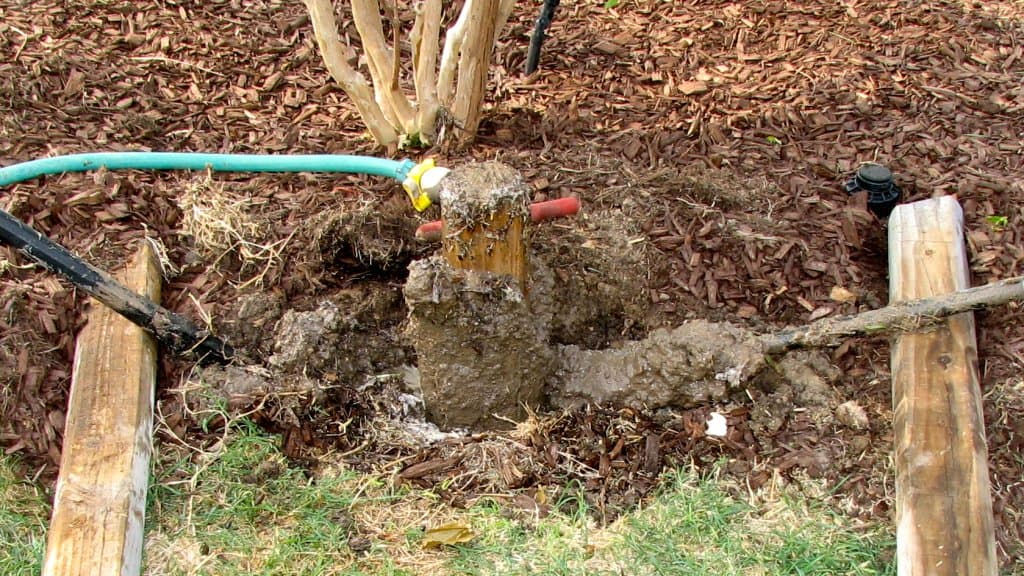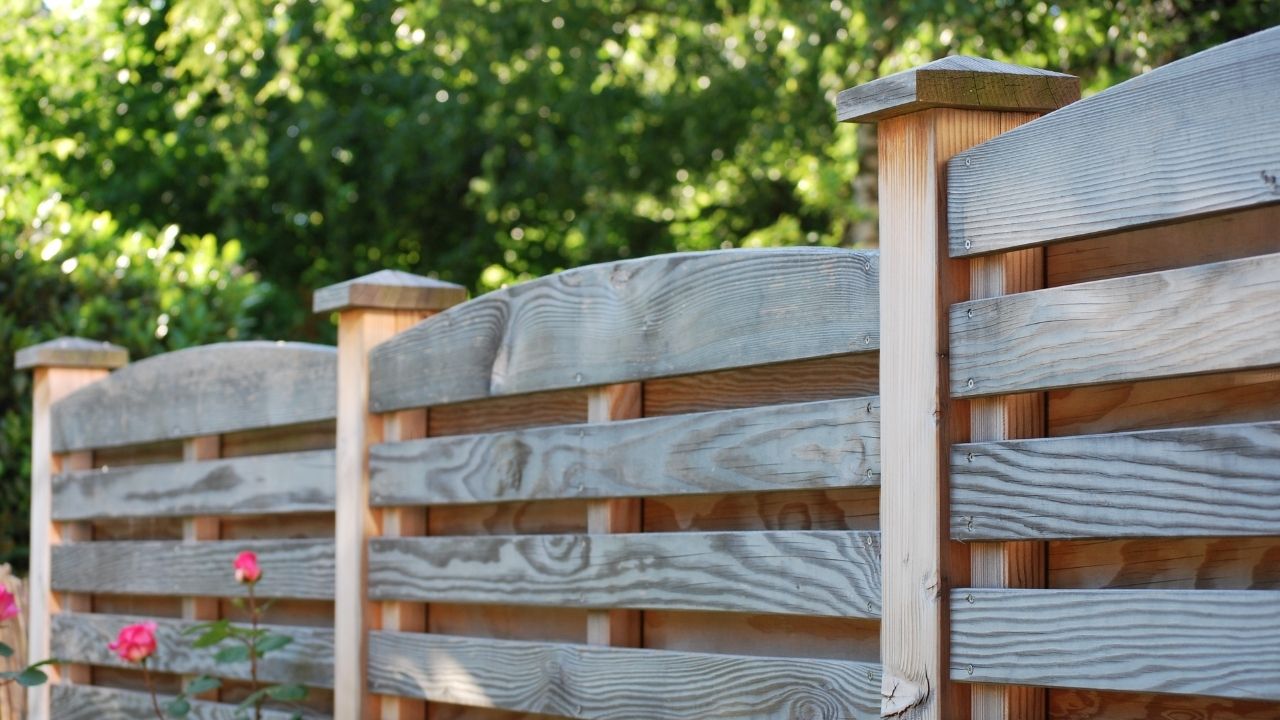
A biscuit jointer is a tool used to join pieces and wood together. A saw blade cuts through the wood to insert the biscuits. These biscuits expand as glue is applied to it. Most commonly, a biscuit joining tool is used for edge-joining boards. Norm Abram glues together his panels with a cookie joiner.
You can cut grooves with a biscuit joiner if you are making cabinets. Most biscuits come with a size of 1-3/4" x 5-/8". For smaller projects, a smaller biscuit joiner with 2" blade diameter is suitable. The weak end-grain joints can also be strengthened by using a biscuit jointer to build cabinet faces. If you plan to use a biscuit joiner on a large-scale project, choose a larger size.
Use a biscuit jointer by aligning the biscuit jointer with your layout line. Make sure it's flush with the board's surface. After the biscuit joiner has soaked up enough glue, it will bulge slightly. Place the biscuit joiner on top of the board. Push the biscuit joiner down until it stops.
A biscuit joiner's main benefit is its ability to create strong, solid joints. The downside is that biscuit joints may not be as strong or as sturdy as conventional joinery. They are not ideal for heavy-duty applications but can be used to make cabinets. It is also very easy to use, and completely hidden. It can be used with both thin and solid wood.

FAQ
Do I need an architect/builder?
If you are planning to renovate your own home, it may be easier to just hire someone else to do the work for you. However, if you are planning to buy a new home, then hiring an architect or builder will help you make sure that you get exactly what you want.
How much does it take to renovate a home?
Renovations cost typically $5,000 to $50,000. Most homeowners spend around $10,000 to $20,000 on renovations.
Do I need permits to renovate my house?
Yes. Before you start any home improvements project, permits are necessary. In most cases, you will need both a plumbing and building permit. You might also require a zoning permission depending on which type of construction is being undertaken.
Is it better for a contractor to hire or a subcontractor to do the job?
It is more expensive to hire a general contractor than to subcontract. A general contractor often has many workers, which means they can charge their clients more for labor. On the other hand, a subcontractor only hires one employee, so he or she charges less per hour.
Do you prefer to do walls or floors first?
It is the best way to begin any project. It is crucial to plan how you'll use the space, what people will use it for, and why. This will help you decide if you should go for flooring or wall coverings.
If you have decided that you want to create an open plan kitchen/living area then you may choose to install flooring first. Wall coverings can be used if the intention is to keep this area private.
Statistics
- On jumbo loans of more than $636,150, you'll be able to borrow up to 80% of the home's completed value. (kiplinger.com)
- It is advisable, however, to have a contingency of 10–20 per cent to allow for the unexpected expenses that can arise when renovating older homes. (realhomes.com)
- A final payment of, say, 5% to 10% will be due when the space is livable and usable (your contract probably will say "substantial completion"). (kiplinger.com)
- Design-builders may ask for a down payment of up to 25% or 33% of the job cost, says the NARI. (kiplinger.com)
- ‘The potential added value of a loft conversion, which could create an extra bedroom and ensuite, could be as much as 20 per cent and 15 per cent for a garage conversion.' (realhomes.com)
External Links
How To
How to Renovate an An Old House
Before you start, it is essential that you decide which type of renovation project to undertake. This could be as simple as updating your kitchen equipment or completely renovating your entire home.
Once you have decided what type of renovations you want to undertake, the next step is to determine how much money it will cost. You might find that you don't actually have enough funds to cover the full cost of the entire project. If this is true, you will need to make hard decisions about which areas you can afford to fix and which ones you won't.
You need to be sure that before you do any renovations you are aware of the following things. The first thing to do is ensure you get the necessary permits. You should check whether you are required to have planning permission to perform certain types of work. You might have to apply for building permission if you want to add an extension to your home.
Before you begin to renovate your house, make sure to check with the local authority to confirm that they do not require additional permits. You should also check whether you require planning permission for any part of the house you plan to renovate. For major projects like a new roof installation, your insurance provider may need to be contacted to confirm that you have adequate coverage.
Next is choosing the right tools for the job. You have many options. It is important to carefully research all of them. You will use paint, wallpaper paste or flooring for your renovations.
When choosing these items, remember to look at the quality of the product. Poor quality products can be expensive and last for a very short time. Good quality products, however, will last longer and provide more value for your money. You should only buy what you need when purchasing anything. Don't buy too many because you could end up wasting precious resources and having to discard large quantities of material. You should instead buy only what you really need.
Finally, once you've chosen the right materials for the job, you need to figure out where you'll store them while you're working on the property. If you're remodeling a large portion of the house, you may need to rent storage space to store your materials until you're ready for them to be returned inside. You could also ask your family or friends for help moving the items.